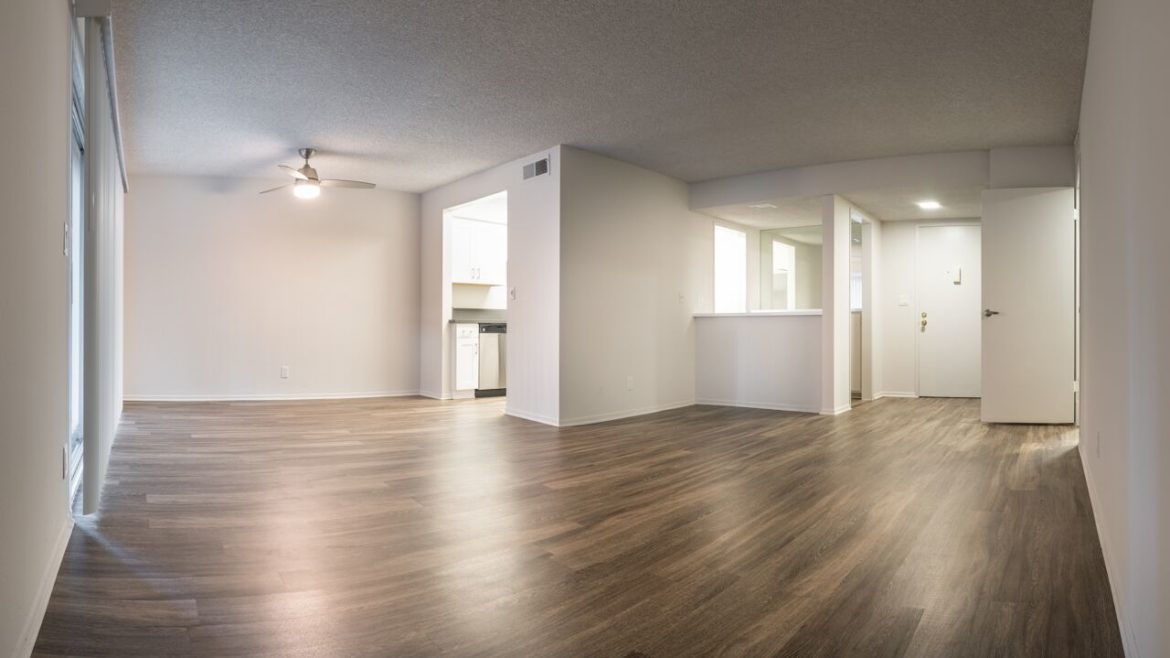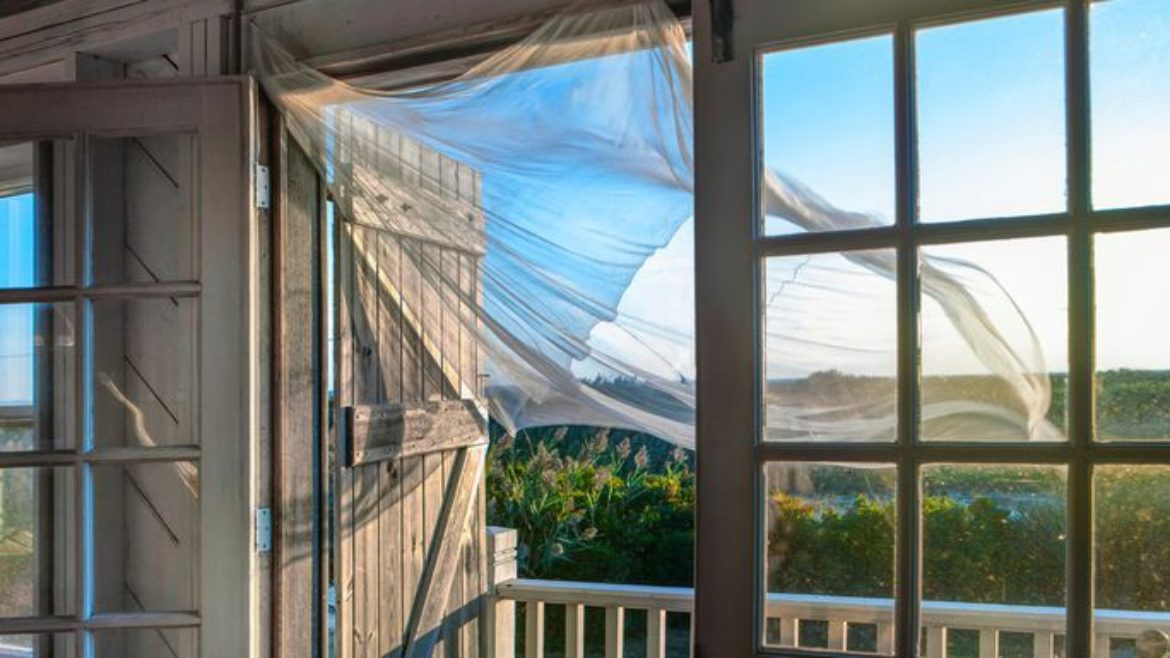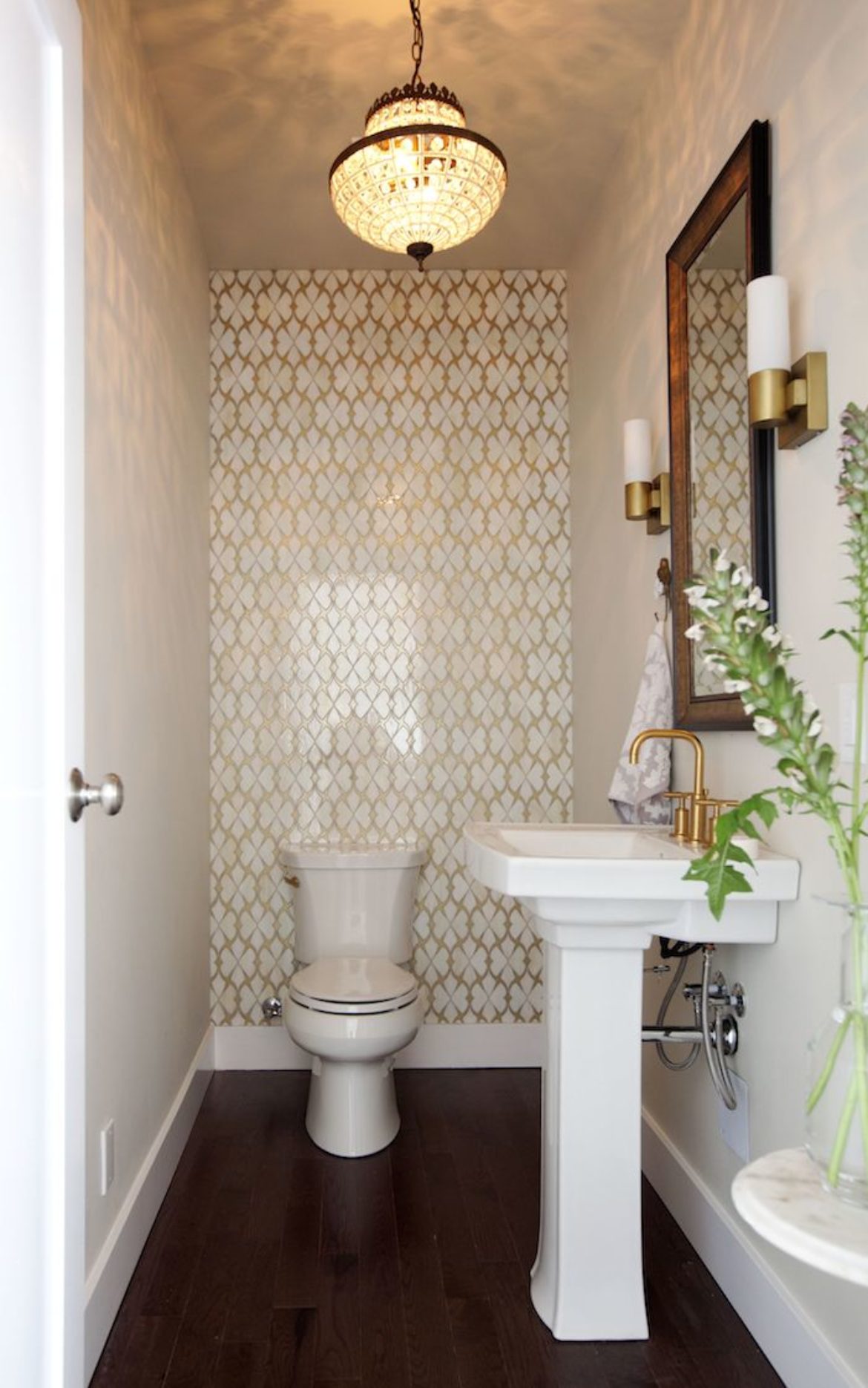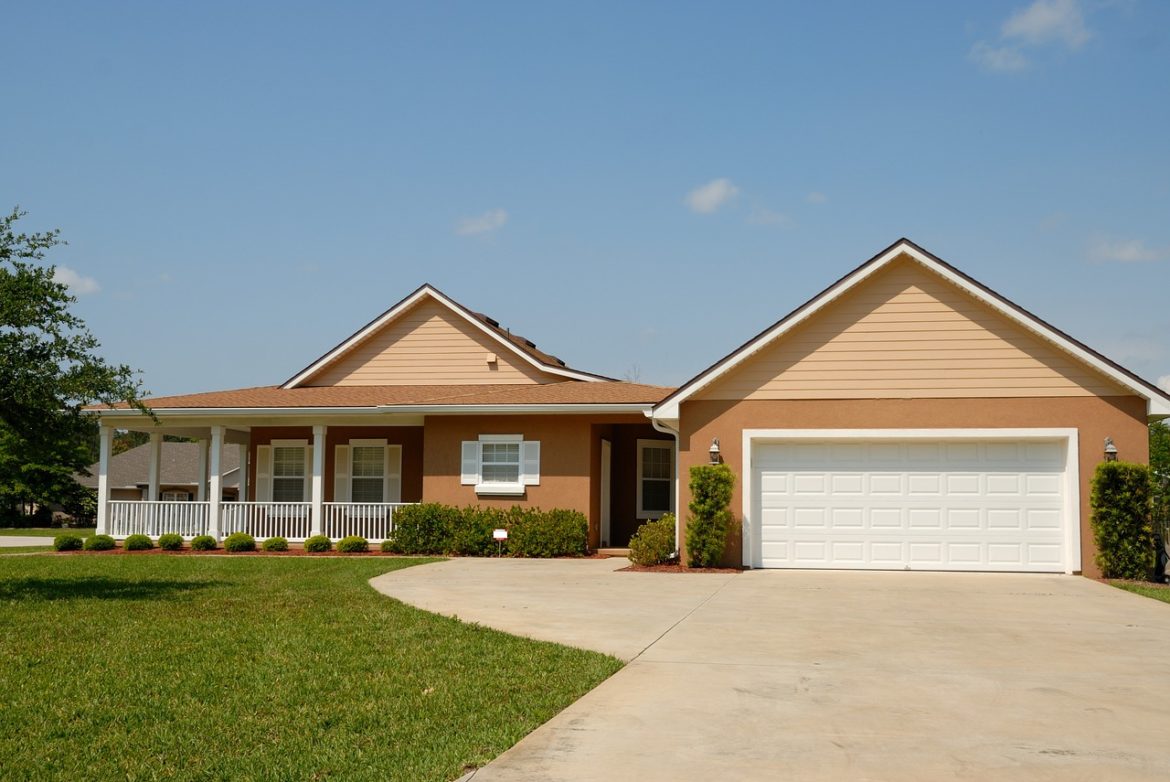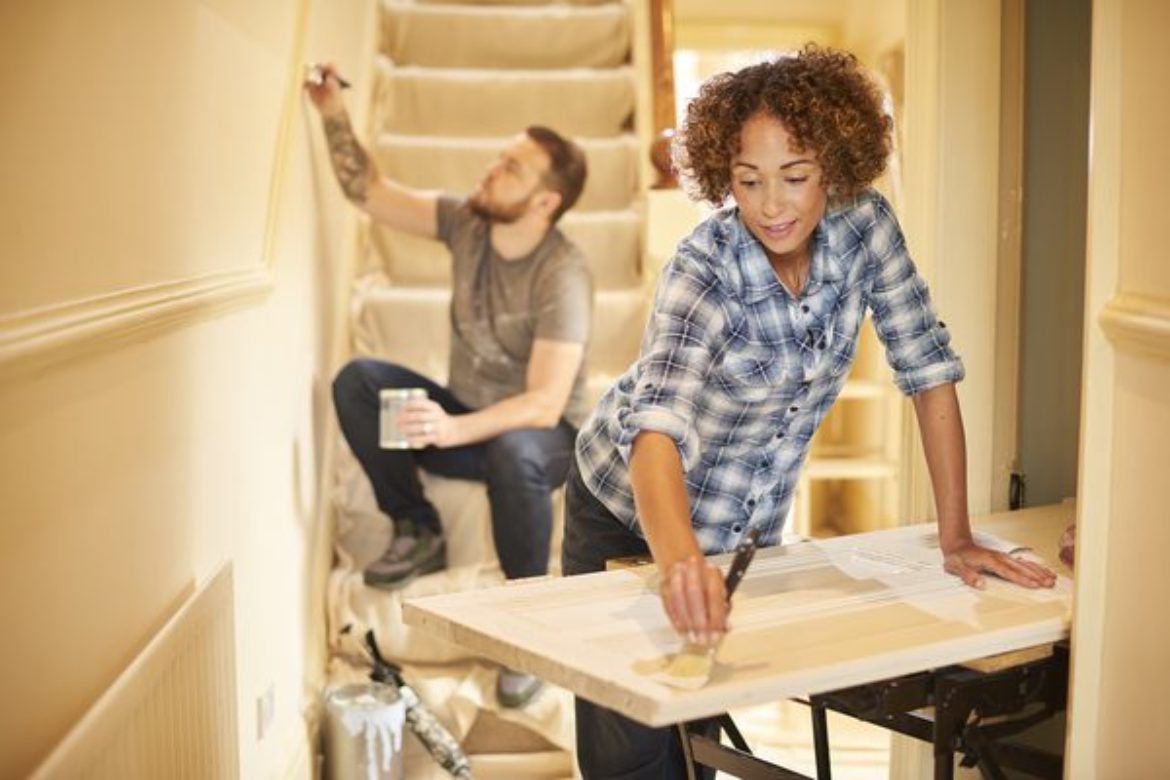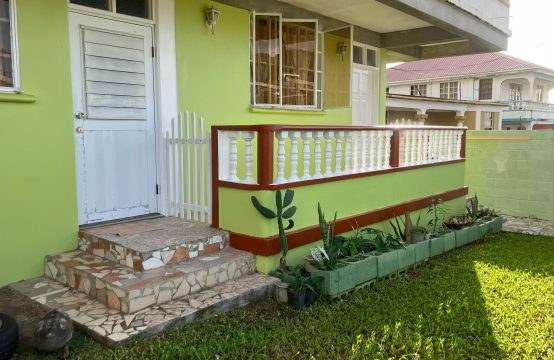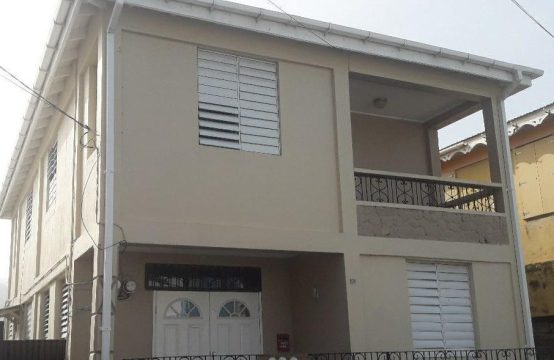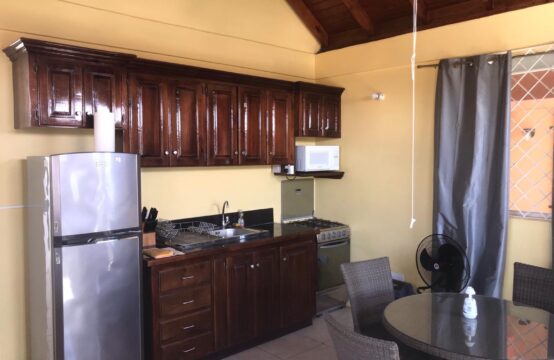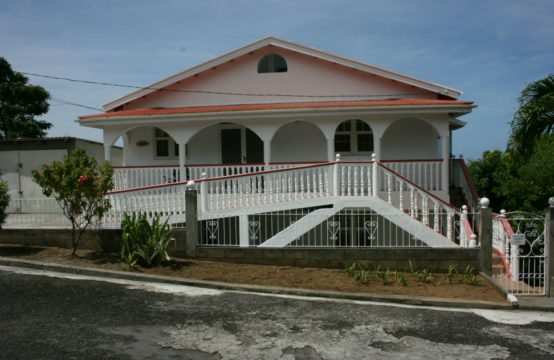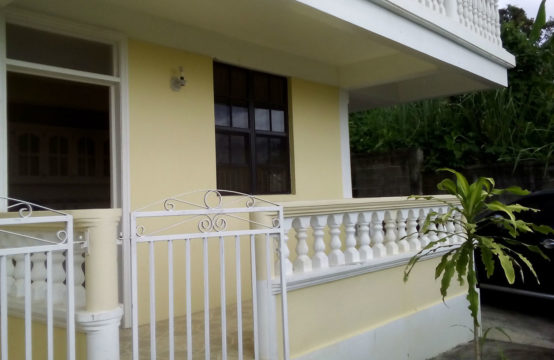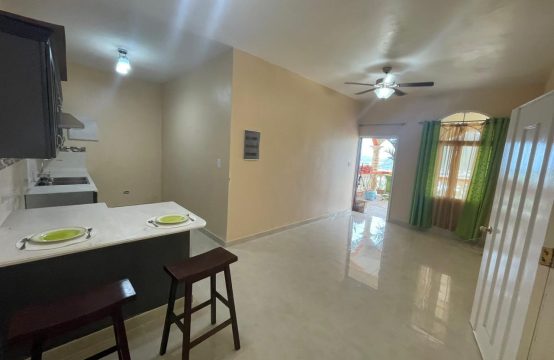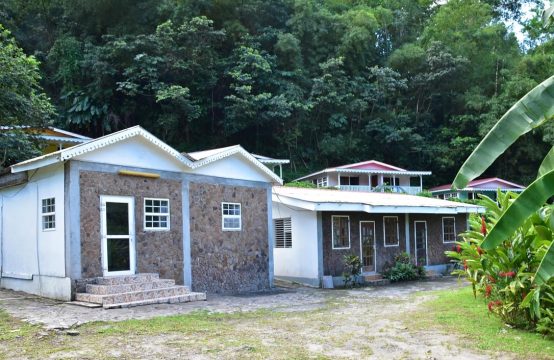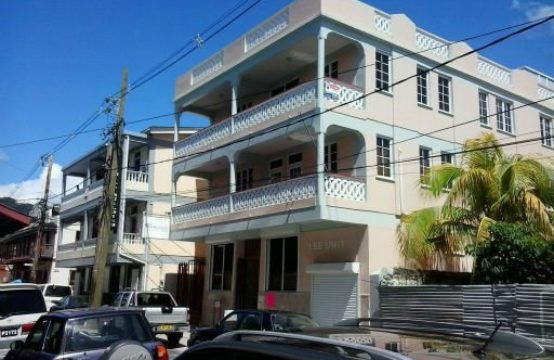
Busy ticking off items on your list of to-do for school opening? I’m sure by now you have checked books, pencils, uniforms, bags, and even new looks (hair cut, hair accessories)… I bet you didn’t include anything for the home. At home is where learning continues and creating a good learning environment is important in facilitating our children’s learning experience. What can we do at home to make this new school year more exciting and rewarding?
- A dedicated study area – Place a table and chair in the bedroom or in an area with minimum distractions. Designating a desk and study area emphasizes the importance of schoolwork. The child will associate this area with learning. This works for me, whenever I go into my study area my mind automatically gets into study mode.
- Organizers/calendar – Place a large calendar on the wall or bedroom door. A paper calendar with large squares lets you enter information easily. Enter school events and activities and probably even home schedules into the calendar. You can also colour code entries, based on urgency or importance. If you have more space, use it to hang up projects and test papers or newspaper articles.
- Put up some hooks – Tired of picking up after your son/daughter? Place hooks in selected areas of the room to encourage them to hang their stuff up instead of throwing it on the bed or even on the floor. Be sure to place the hooks at a level the child can easily reach.
- Create a snack/lunch making area – If you prepare snack and lunch for your child, especially if it’s different from your meals then it would be helpful to place these ingredients and items together in one area or in a particular cupboard. This will surely help you beat the morning rush. Put in anything you use to prepare the lunch and snack and anything you send them to school with, like lunch bowls, foil paper, bread and peanut butter. My son loves peanut butter!
- Organize clothing storage– “Mom I can’t find my ….” You know this phrase right? Before the new clothes are added throw or give out those that are not in use and arrange the others appropriately to avoid that call.
- Organize and store papers and notes – Designate a spot in the house where you will store and organize papers that will later require your attention and projects that you want to keep. If you do not have a designated area, use a small storage box and file folders to store and arrange test papers, and used exercise books so that when it’s time to revise, they will be easy to locate.
Get your children to participate in the organizing process, after all you are doing it for them too. They may have some good ideas and this could make this activity fun and add to the back to school excitement.

